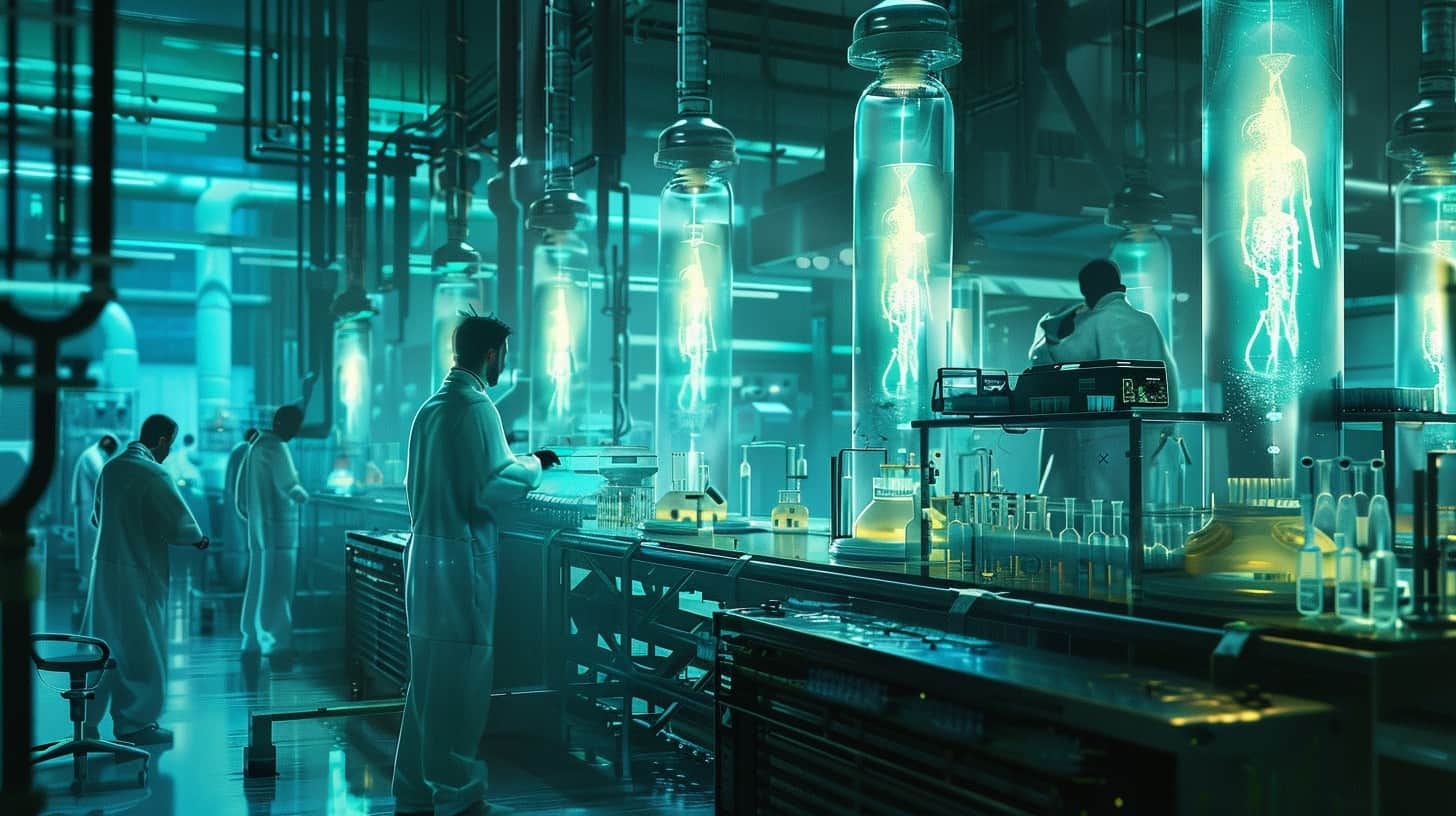Have you ever wondered about the real story behind human cloning? I know I have. One fact always grabs my attention: the potential for therapeutic cloning to completely reshape medicine. It’s not about creating an army of duplicates, but about healing people.
This article will break down exactly how cloning could tackle some of our biggest health challenges.
Let’s explore why human cloning could be a force for good.
Key Takeaways
Therapeutic cloning could create perfect-match organs for transplants, potentially eliminating the organ rejection issues faced by thousands of patients.
Cloning offers scientists a powerful tool to create disease-specific cell lines, helping them understand and potentially cure genetic disorders like Huntington’s disease.
Through therapeutic cloning, it is possible to generate new tissues from a patient’s own cells to heal severe injuries, such as spinal cord damage or major burns, without the risk of immune rejection.
Cloning has driven major scientific advancements, from Dolly the sheep in 1996 to the recent cloning of endangered species like the black-footed ferret “Elizabeth Ann” in 2021.
Future research using cloned cells could help us understand the aging process at a genetic level, potentially leading to therapies that improve health and quality of life in our later years.
Table of Contents
Fundamentals of Human Cloning
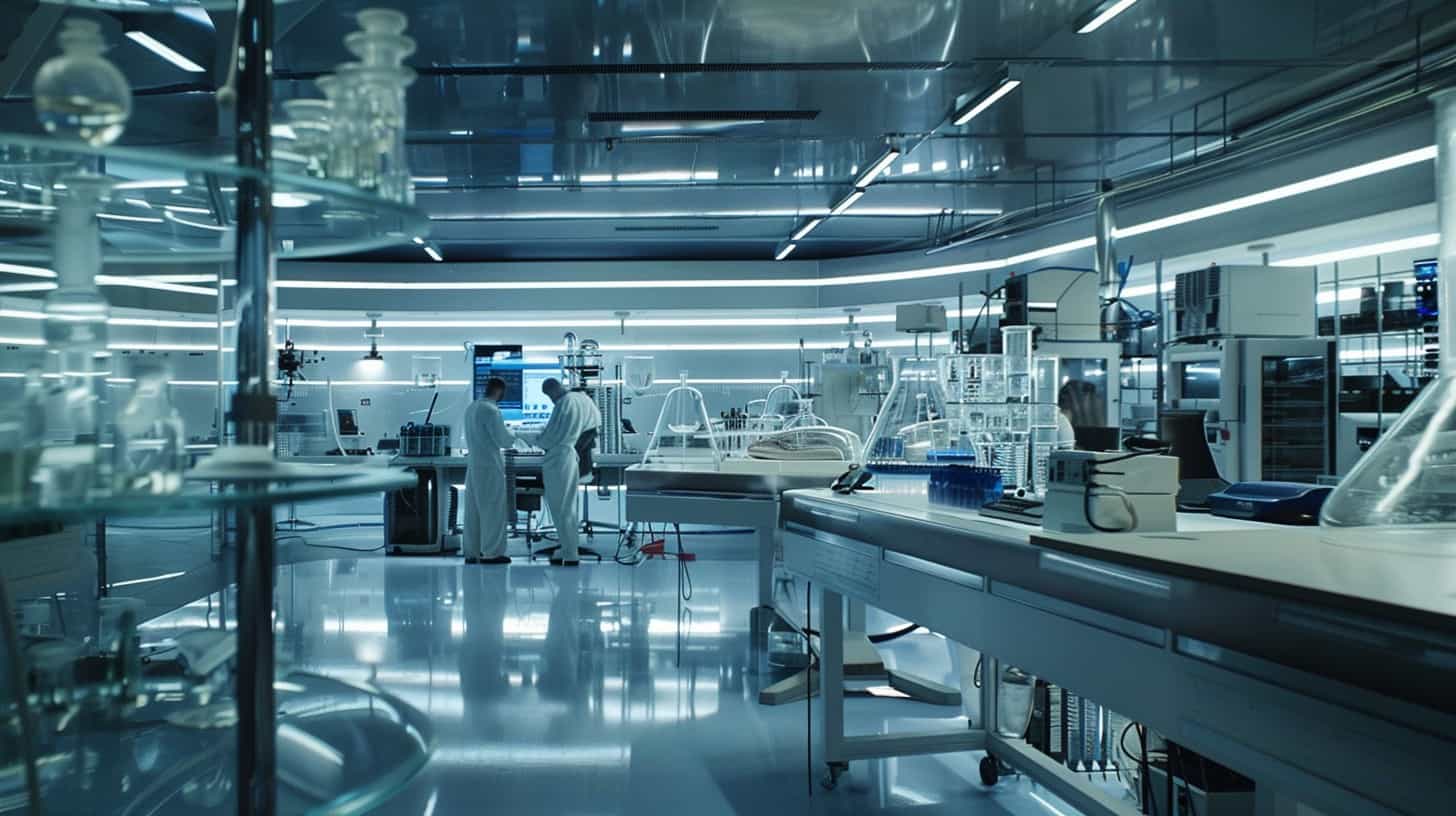
Human cloning might feel like something straight out of a movie, but the science behind it is very real and has been developing for decades. It’s all about creating a new organism with an identical genetic code to an existing one.
Defining Human Cloning
When I talk about human cloning, it’s crucial to understand we’re usually discussing two very different things: therapeutic cloning and reproductive cloning.
The core technique for both is often somatic cell nuclear transfer (SCNT). This process involves taking the nucleus from a donor’s body cell, like a skin cell, and transferring it into an egg cell that has had its own nucleus removed.
Think of it like swapping the “brain” of a cell to give it a new set of instructions.
- Therapeutic cloning uses this method to create embryonic stem cells. The goal isn’t to create a person, but to grow tissues or organs for medical treatments that are a perfect genetic match for the patient.
- Reproductive cloning aims to implant a cloned embryo into a uterus to create a live-born individual genetically identical to the donor. This is the more controversial type and is banned in many countries.
Historical Milestones in Human Cloning
Now that we have a handle on the definitions, let’s look at the history. The journey of cloning shows just how much the science has evolved.
- The 1950s Frog Leap: The story really begins with frogs. In 1952, scientists Robert Briggs and Thomas King successfully cloned a tadpole, proving that genetic material from a specialized cell could direct the development of a whole organism.
- Hello, Dolly! (1996): The world was stunned when scientists Ian Wilmut and Keith Campbell at the Roslin Institute in Scotland announced they had cloned the first mammal from an adult cell: Dolly the sheep. This was a massive breakthrough that made human cloning seem like a real possibility.
- The Primate Breakthrough (2018): For years, cloning primates proved difficult. But in 2018, scientists in China successfully cloned two macaque monkeys, named Zhong Zhong and Hua Hua, using the same technique that created Dolly.
- Saving Endangered Species: Recently, cloning has become a tool for conservation. In 2021, scientists cloned a black-footed ferret named “Elizabeth Ann,” offering hope for restoring genetic diversity to endangered populations.
- First Human Embryonic Stem Cells (2013): A team at Oregon Health & Science University, led by Shoukhrat Mitalipov, was the first to successfully create human embryonic stem cells using SCNT. This was a landmark moment for therapeutic cloning.
The Cloning Procedures
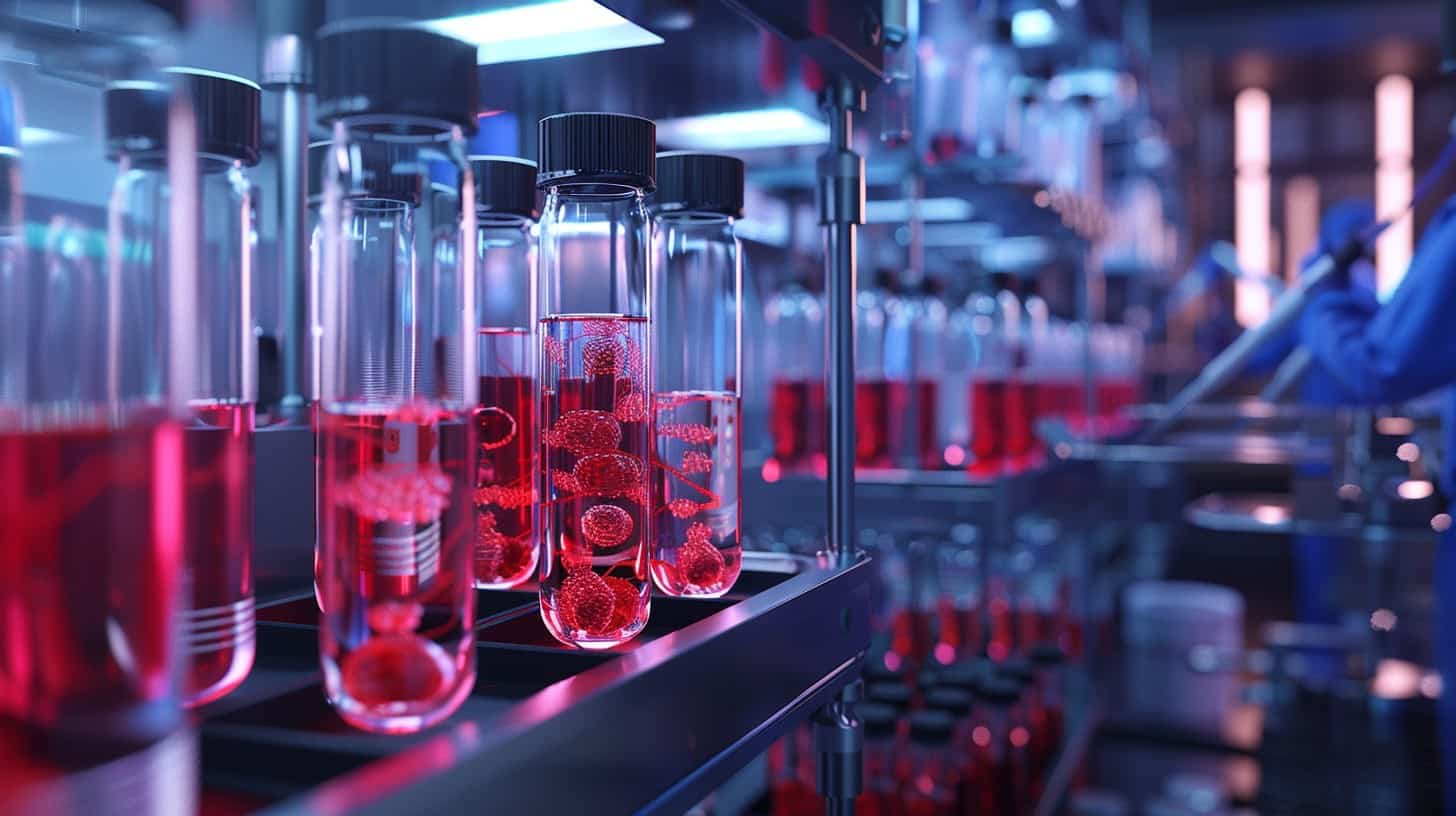
Cloning isn’t as simple as hitting a copy button. It involves incredibly precise and complex methods that scientists have been refining for decades.
Techniques in Reproductive Cloning
Reproductive cloning aims to create a whole new organism, and it’s a field I find both fascinating and ethically complex. It’s the technology that gets all the attention in sci-fi films.
The primary method is Somatic Cell Nuclear Transfer (SCNT). Here’s a simplified breakdown:
- Cell Collection: Scientists take a somatic cell (any body cell other than a sperm or egg cell) from the animal to be cloned and an egg cell from a female donor.
- Nuclear Transfer: They remove the nucleus from the egg cell and replace it with the nucleus from the somatic cell. A little jolt of electricity helps the new nucleus fuse with the egg.
- Embryo Development: The reconstructed egg, now containing the genetic material of the donor, begins to divide and develop into an embryo.
- Implantation: The embryo is then transferred into the uterus of a surrogate mother, where it develops until birth.
While this sounds straightforward, the process is incredibly inefficient. The success rate for producing a live animal is often less than 10%. Companies like ViaGen Pets in the U.S. offer commercial pet cloning, but it’s a testament to how challenging the technology remains.
Methods in Therapeutic Cloning
Now, let’s switch to what I believe is the most promising area: therapeutic cloning. This method doesn’t aim to create a person, but to heal one. The process starts the same way as reproductive cloning but stops at a crucial point.
- The process begins with SCNT, just like before, using the patient’s own cell. This ensures the resulting cells are a perfect genetic match.
- The egg is stimulated to divide, and after about five days, it forms a blastocyst, which is a small ball of about 150 cells.
- This is the key difference: The blastocyst is not implanted. Instead, scientists harvest the inner cell mass, which contains valuable embryonic stem cells.
- These stem cells are pluripotent, meaning they have the amazing ability to develop into any type of cell in the body, such as nerve cells, heart cells, or insulin-producing cells.
- Scientists can then guide these stem cells to become the specific type of tissue the patient needs for treatment.
This approach could revolutionize treatment for diseases like Parkinson’s or diabetes by replacing damaged cells with healthy, patient-matched new ones, completely avoiding the problem of immune rejection.
Why Is Human Cloning Good? Key Benefits
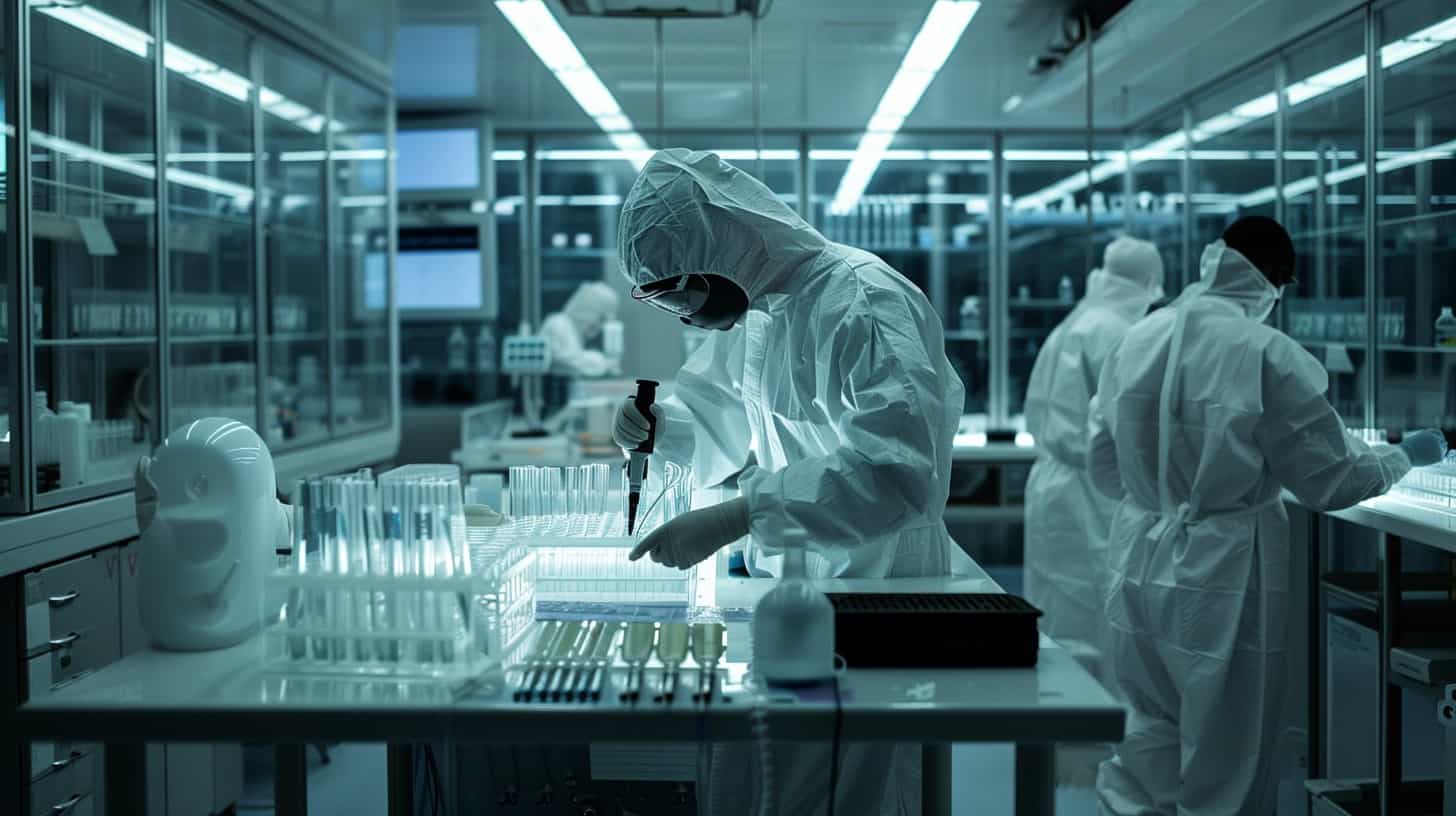
When we get past the sci-fi hype, the real benefits of human cloning are focused on health and medicine. It’s like giving science a powerful new tool to fix what’s broken in our bodies.
Health and Therapeutic Advantages
For me, the therapeutic advantages are the most compelling reason to support this research. Imagine a world where waiting lists for organ transplants are a thing of the past.
In the United States alone, over 100,000 people are currently on the national transplant waiting list, according to the Health Resources and Services Administration. Therapeutic cloning could potentially grow custom-made organs from a patient’s own cells, eliminating both the wait and the risk of organ rejection.
“Science finds its truest purpose in healing, and therapeutic cloning could be one of its most powerful instruments.”
Beyond whole organs, this technology could treat debilitating conditions. Researchers are already working on using cloned cells to:
- Repair heart muscle after a heart attack.
- Replace neurons damaged by spinal cord injuries or Parkinson’s disease.
- Generate insulin-producing pancreatic cells for people with type 1 diabetes.
The ability to grow any tissue on demand from a patient’s own DNA is the ultimate form of personalized medicine.
Applications and Contributions to Science
Beyond direct treatment, cloning opens up incredible avenues for scientific research. It allows us to study genetic diseases like never before.
By creating cloned embryonic stem cells from a patient with a genetic disorder, such as Huntington’s or cystic fibrosis, scientists can create a “disease in a dish.” This allows them to watch how the disease develops at a cellular level and test new drugs on human cells without any risk to a patient.
This technology also helps us understand the fundamental processes of cell development and differentiation. By studying how a single nucleus can direct the creation of every cell type in the body, we can unlock secrets that could lead to even more advanced forms of regenerative medicine.
Cloning isn’t just about making copies; it’s about gaining knowledge that could save countless lives.
Support for Human Cloning
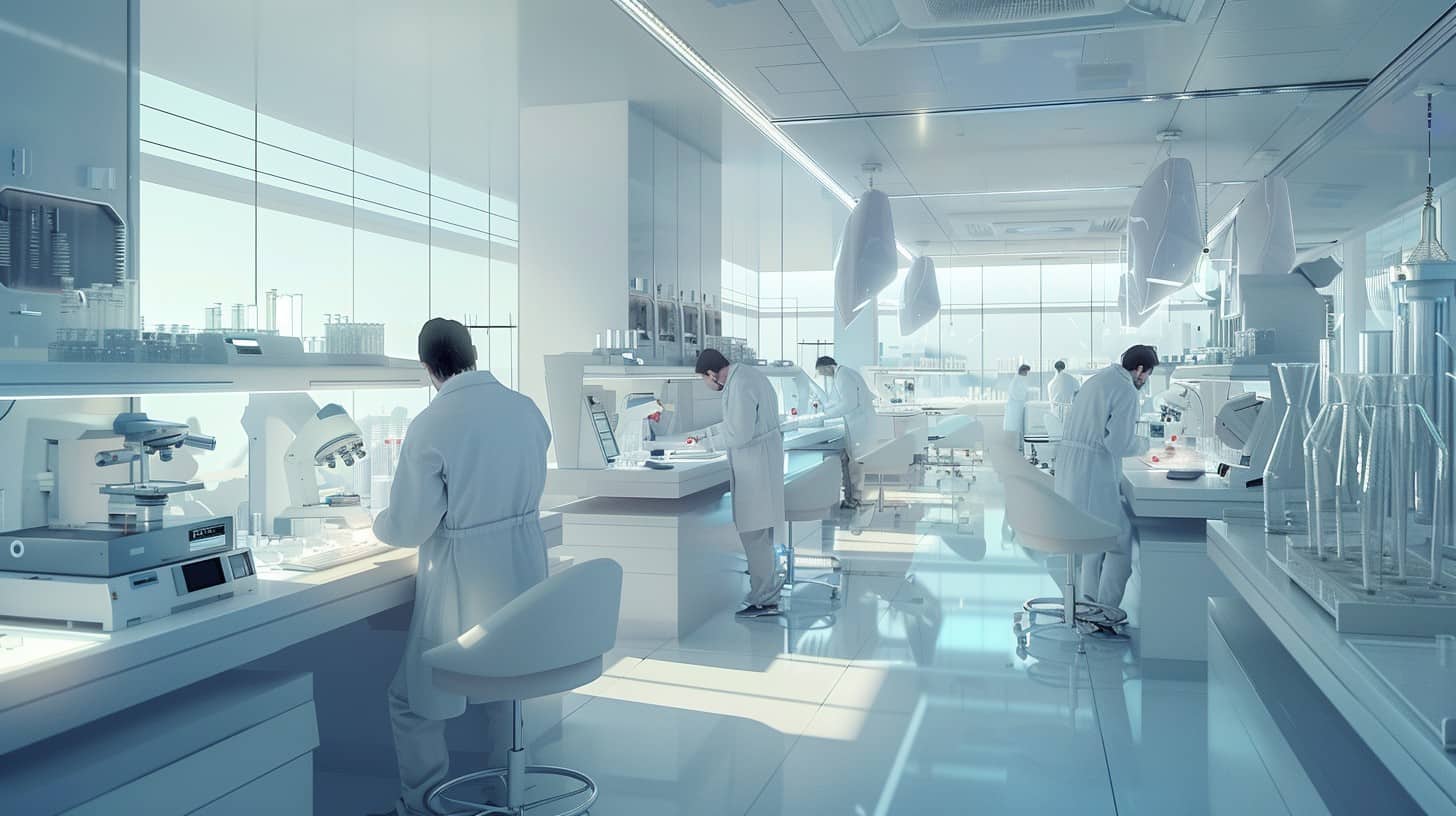
As I’ve explored this topic, I’ve found that the support for human cloning often comes down to its potential to solve some of humanity’s most persistent problems, from aging to infertility.
Genetic Insights and Life Extension
Human cloning provides a unique window into our own genetics. By studying cloned cells, scientists can learn about the genes that control the aging process. Companies like Calico Life Sciences, backed by Google, are already deep into this kind of research.
Imagine being able to understand why cells break down over time and developing therapies to slow or even reverse that process. It’s like having the ultimate biological fountain of youth.
To understand the code of life is to hold the key to a healthier, longer existence.
Life extension isn’t just about living longer. It’s about increasing our “healthspan,” the number of years we live in good health. By using cloned tissues to repair age-related damage to organs, we could combat conditions like heart disease and arthritis.
Cloning research opens the door not just to longer lives, but to better ones.
Solutions for Infertility
For couples struggling with infertility, cloning technology offers a potential beacon of hope. According to the CDC, about 1 in 5 heterosexual women aged 15 to 49 in the U.S. have difficulty conceiving.
Reproductive cloning could, in theory, offer a solution for couples where one or both partners are unable to produce viable sperm or eggs. It would allow them to have a child who is genetically related to one of the parents.
While this is one of the most ethically debated applications, I think it’s important to acknowledge the profound desire many people have to build a family. The technology could also be used to prevent the transmission of serious mitochondrial diseases, which are passed down from the mother.
By using a donor egg with a healthy mitochondrion and the mother’s nucleus, doctors could create a healthy embryo. This is a real solution being explored today.
Ethical Dimensions of Cloning
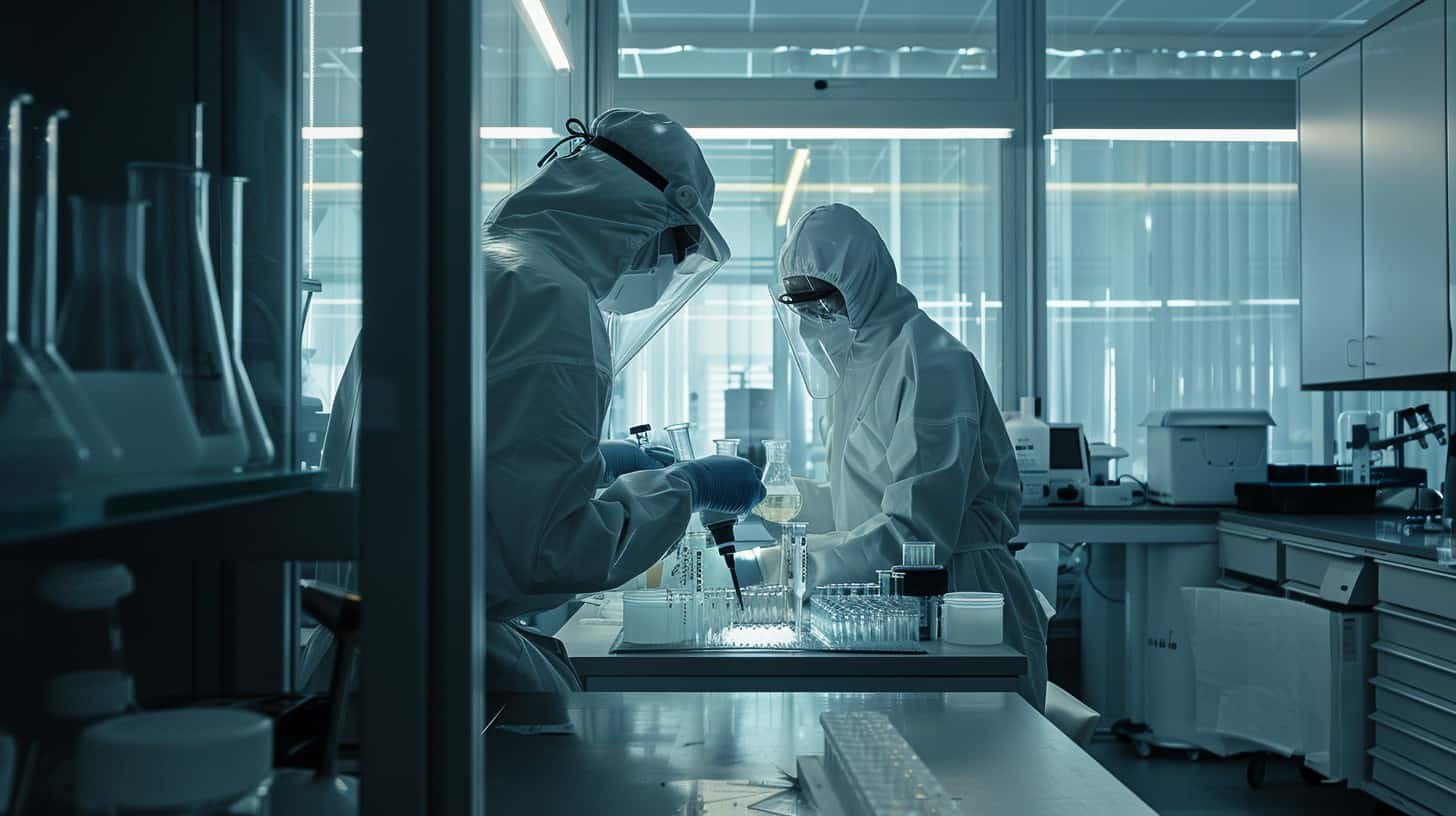
Of course, we can’t talk about the good without acknowledging the serious ethical debates. Cloning forces us to ask profound questions about human life, identity, and the moral responsibilities of science.
Navigating Ethical Challenges
Navigating the ethics of human cloning is like walking a tightrope. On one side, we have the incredible potential to cure diseases. On the other, we have deeply held beliefs about the moral status of human embryos.
The central issue for many is the creation and destruction of human embryos for therapeutic cloning. This touches on fundamental questions about when life begins. Different countries have taken vastly different approaches, reflecting this global disagreement.
For example, the United Kingdom’s Human Fertilisation and Embryology Act of 2008 permits therapeutic cloning under strict regulation, while countries like Germany have banned it entirely. This legal patchwork shows just how complex the issue is.
The Interplay of Science and Morality
Science and morality are in a constant conversation, especially with a topic like cloning. The technology pushes the boundaries of what’s possible, while morality asks whether we should cross those boundaries.
I believe the key is to find a balance. The President’s Council on Bioethics in the U.S. published a report called “Human Cloning and Human Dignity,” which explored these tensions. It highlighted concerns about the commodification of life and the psychological well-being of any potential human clone.
Every major scientific advancement forces us to re-examine our values. It’s a necessary dance between possibility and principle.
As we move forward, open discussion and thoughtful regulation are essential to ensure we use this powerful technology responsibly.
Cloning in Practice
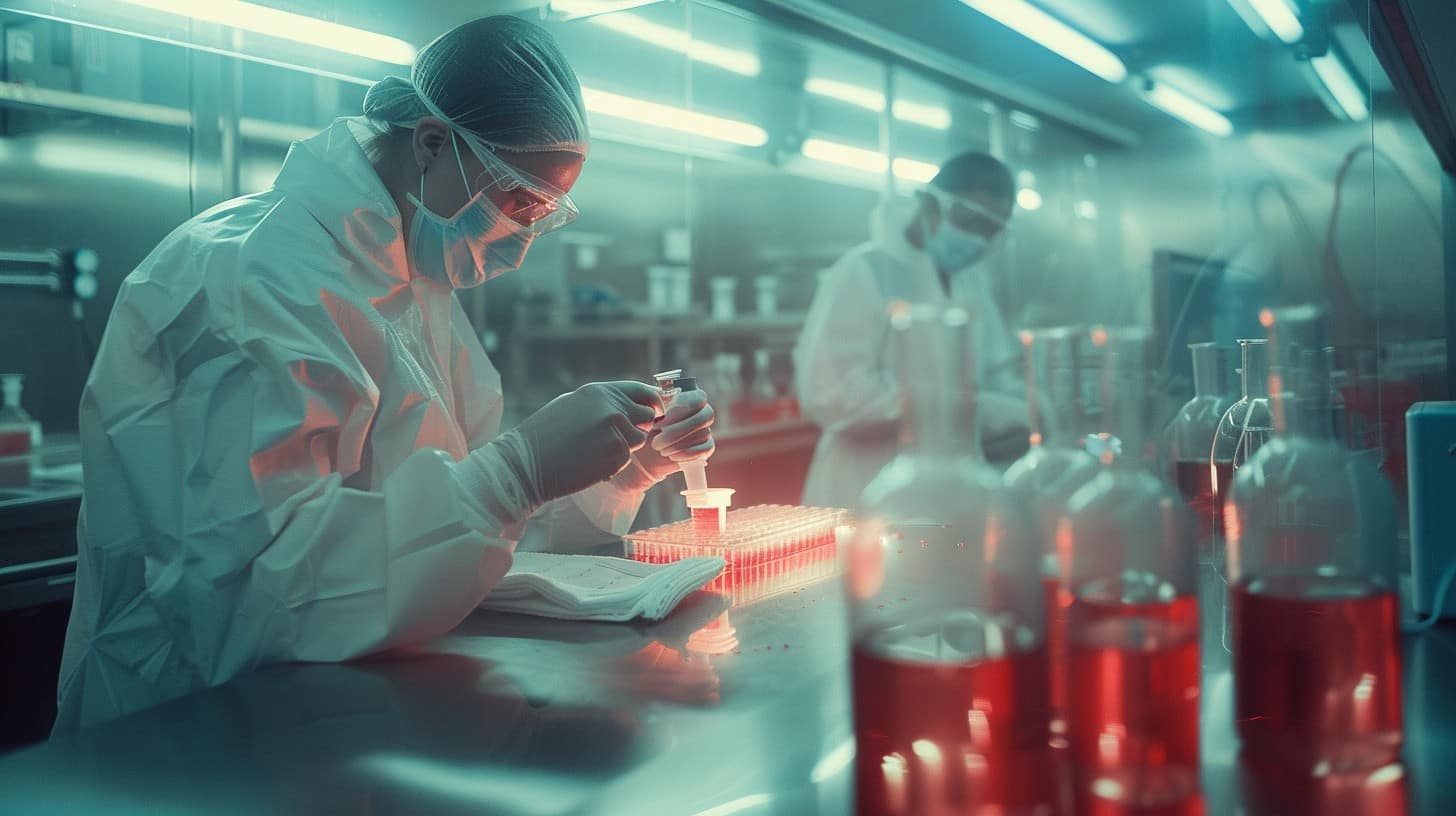
While human cloning remains largely theoretical, animal cloning has given us incredible insights into what might be possible. These real-world examples show the technology in action.
Success Stories in Animal Cloning
Animal cloning has produced some amazing stories that sound like they’re from the future, but they are happening right now.
- Dolly the Sheep (1996): The original celebrity clone, Dolly proved that an adult cell could be used to create a viable offspring. She was a game-changer.
- CopyCat (2001): The first cloned pet, a cat named CopyCat, opened the door to the idea of cloning companion animals and sparked a new industry.
- Prometea the Horse (2003): An Italian team cloned a Haflinger mare named Prometea. What was amazing is that she was carried to term by her own genetic twin, proving a clone could have a normal reproductive life.
- Kurt the Przewalski’s Horse (2020): In a major conservation effort, scientists at the San Diego Zoo cloned a Przewalski’s horse, a species that was extinct in the wild. Kurt was cloned from cells that had been frozen for 40 years.
- Elizabeth Ann the Black-Footed Ferret (2021): U.S. scientists successfully cloned an endangered black-footed ferret. This was a critical step in restoring genetic diversity to a species that was once on the brink of extinction.
Ongoing Research and Discoveries
The world of cloning research is moving incredibly fast. One of the most significant discoveries has been the development of induced pluripotent stem cells (iPSCs).
In 2006, Japanese researcher Shinya Yamanaka discovered a way to reprogram regular adult cells, like skin cells, back into an embryonic-like state. This groundbreaking work, which won him a Nobel Prize, allows scientists to create patient-specific stem cells without using eggs or creating embryos.
This iPSC technology offers an alternative to therapeutic cloning that bypasses many of the ethical concerns. Scientists are now using iPSCs to model diseases, test drugs, and develop new regenerative therapies.
It’s a perfect example of how one scientific breakthrough can open up an entirely new, and less controversial, path to achieving the same medical goals.
The Horizon of Human Cloning
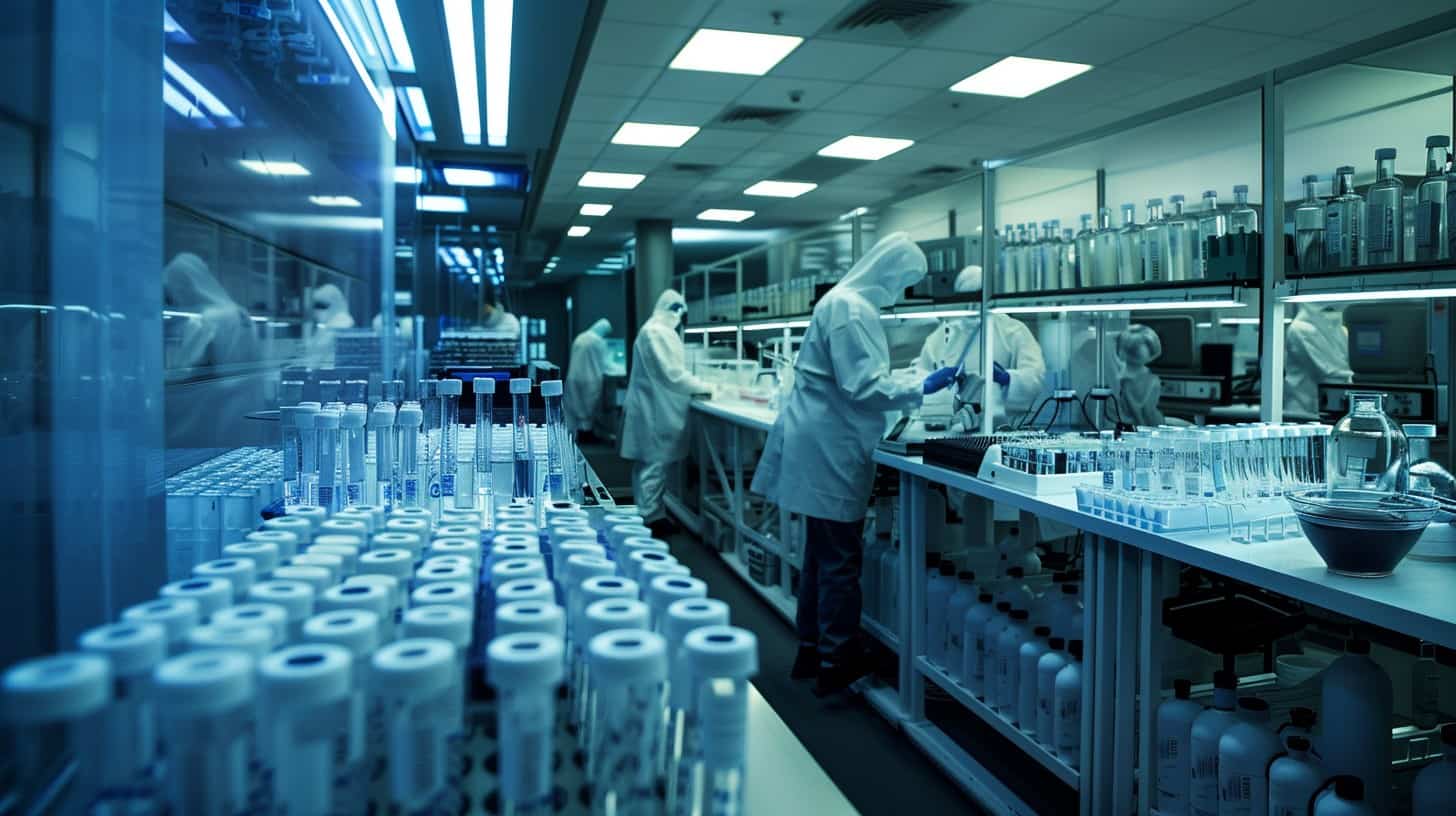
Looking ahead, the future of human cloning is filled with both immense challenges and incredible potential. This field could fundamentally change how we treat disease and understand life itself.
Challenges and Future Strategies
One of the biggest scientific hurdles remains the low efficiency of cloning. As I mentioned, success rates in animals are often below 10%, and many clones suffer from health problems. This is largely due to incomplete epigenetic reprogramming, where the adult cell’s DNA isn’t fully reset to an embryonic state.
Future strategies are focused on overcoming this. Scientists are researching ways to improve the reprogramming process and are also heavily invested in the iPSC technology I mentioned earlier as a more efficient and ethically sound alternative.
Another major challenge is the need for a large supply of human eggs for therapeutic cloning research. This raises ethical and practical concerns. Researchers are exploring ways to create artificial eggs or use other methods to generate stem cells without them.
Cloning’s Role in Future Medical Innovations
Despite the challenges, I am convinced that cloning technology will be central to future medical innovations. The ability to create patient-matched cells is a cornerstone of regenerative medicine.
One exciting area is the development of “organoids.” These are miniature, simplified versions of organs grown in a lab from stem cells. Scientists can create patient-specific brain, gut, or kidney organoids to test how a particular person will respond to a drug before ever administering it to them.
Cloning also plays a crucial role in gene therapy. By taking a patient’s cells, correcting a faulty gene, and then using cloning techniques to grow healthy replacement tissue, we could offer permanent cures for genetic disorders.
The future looks bright, as the knowledge we gain from cloning research lays the groundwork for a new era of personalized and preventative medicine.
People Also Ask
Can human cloning really help with medical treatments?
Absolutely! Therapeutic cloning can be used to grow patient-specific tissues and organs. This means we could create perfectly matched heart cells to repair damage after a heart attack or grow new skin for burn victims, all without the risk of the body rejecting them.
How does human cloning change the game in education and research?
It gives scientists a front-row seat to how diseases work. By creating cell lines from patients with genetic disorders like Parkinson’s, researchers can create a ‘disease in a dish’ to study its progression and test new drugs safely and effectively.
What’s this buzz about Dolly the cloned sheep, and why should I care?
Dolly was a superstar because she proved that an adult cell could be reprogrammed to create a whole new animal. Her existence opened the door to the possibility of therapeutic cloning and showed that the genetic clock could, in a way, be turned back.
Is there hope for people who have trouble getting pregnant through assisted reproduction techniques?
Yes, potentially. While highly controversial, cloning technology could one day help couples who cannot produce their own eggs or sperm to have a child genetically related to one of them. It also offers methods to prevent passing on certain genetic diseases.
Are there ethical concerns with creating genetically modified humans?
Yes, significant ones. The creation and destruction of human embryos for research raises profound moral questions. Reproductive cloning also brings up concerns about human dignity and individuality. These issues are why there are strict laws and ongoing debates around the world.
How does human cloning benefit genetic diseases research?
It allows for the creation of perfect models for genetic diseases. By replicating the exact genetic mutation of a patient in a lab setting, allowing them to understand the disease’s mechanisms and test targeted therapies far more quickly than traditional research methods.
